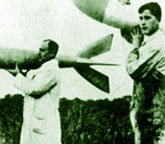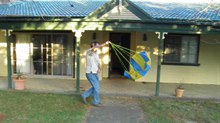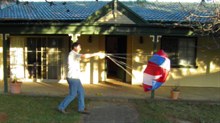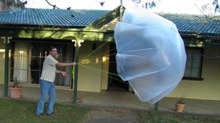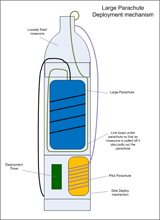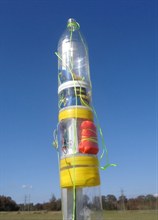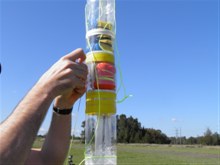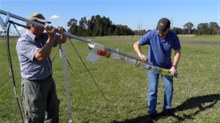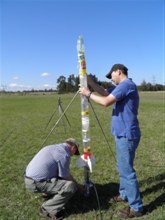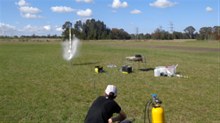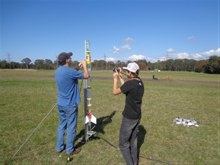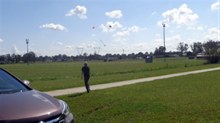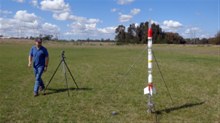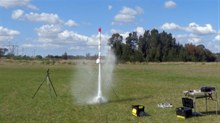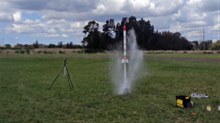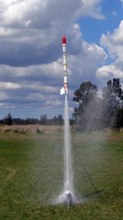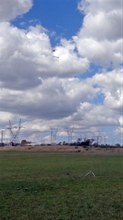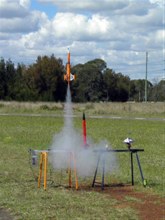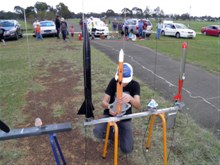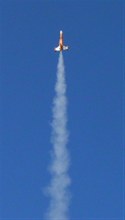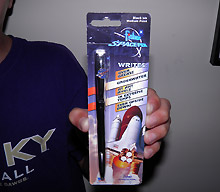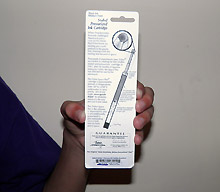 |
 |
|
|
last updated: 9th November 2024 - Day 236 - Launch Tubes #2 |
|
|
|
Splicing Bottles AS#5 |
|
#235 - Coming Soon |
|
#234 - Coming Soon |
|
#233 - Coming Soon |
|
#232 - Coming Soon |
|
#196 - Coming Soon |
|
#193 - Coming Soon |
|
#172 - Coming Soon |
|
|
| FLIGHT LOG | ||||||||||||||||||||||||||||||||||||||||||||||||||||||||||||||||||||||||||||||||||||||||||||||||||||||||||||||||||||||||||||||||||||||||||||||||||||||||||||||||||||||
|---|---|---|---|---|---|---|---|---|---|---|---|---|---|---|---|---|---|---|---|---|---|---|---|---|---|---|---|---|---|---|---|---|---|---|---|---|---|---|---|---|---|---|---|---|---|---|---|---|---|---|---|---|---|---|---|---|---|---|---|---|---|---|---|---|---|---|---|---|---|---|---|---|---|---|---|---|---|---|---|---|---|---|---|---|---|---|---|---|---|---|---|---|---|---|---|---|---|---|---|---|---|---|---|---|---|---|---|---|---|---|---|---|---|---|---|---|---|---|---|---|---|---|---|---|---|---|---|---|---|---|---|---|---|---|---|---|---|---|---|---|---|---|---|---|---|---|---|---|---|---|---|---|---|---|---|---|---|---|---|---|---|---|---|---|---|---|
|
||||||||||||||||||||||||||||||||||||||||||||||||||||||||||||||||||||||||||||||||||||||||||||||||||||||||||||||||||||||||||||||||||||||||||||||||||||||||||||||||||||||
| Day 151 - Competition Day | ||||||||||||||||||||||||||||||||||||||||||||||||||||||||||||||||||||||||||||||||||||||||||||||||||||||||||||||||||||||||||||||||||||||||||||||||||||||||||||||||||||||
|
Date: 27th
September 2014 Location: Whalan Reserve, NSW, Australia Conditions: Sunny, light breeze ~5km/h Team Members at Event: PK, GK, Paul K. Competition DayThis week was NSWRA's first competition day for the year. The competition was an altitude-duration type. The basic rules were to fly as close to a pre-determined altitude of 400 feet and then hang in the air the longest. You would get 1 point for every second the rocket stayed in the air and 1 point would be deducted for every foot away from 400 feet. The person with the highest or least negative score would be the winner. Water rockets were allowed so we too entered the competition. Large Chute Deployment Mechanism For this competition we made a deployment mechanism that could deploy larger parachutes. The basic idea was to use a side deploy that would release a pilot chute, and then this chute would pull off the nosecone and pull out the big parachute. We had three different parachutes prepared depending on the wind conditions. One was 1.32m (52") in diameter, 85g, the second was 1.45m (57") 127g and the last was 2.6m (102") in diameter 66g. This chute was made from a thin plastic drop sheet and is quite fragile. The pilot chute itself was big enough to land the rocket safely should the large chute fail to open. Launch DayLaunch conditions were ideal with lots of blue skies, little wind and what wind there was was blowing in the right direction. Flight 1: The first flight was flown @120psi with the new deployment mechanism. It was evident that the nosecone had separated on the way up and the main chute came out. It didn't fully open thankfully on the way up and then soon after apogee the pilot chute deployed. The rocket came down under the pilot chute with the larger chute only partially inflated. Some of the lines were tangled. This was a scenario I was partially expecting and was probably caused by the loosely fitted main chute flying upwards inside the rocket on burnout and knocking off the nosecone. I suspect if the parachute had a bit of resistance inside the tube this would not have been an issue. As a result of the lost nosecone, there was a lot of drag on the open top of the rocket and the rocket only reached 301 feet. With the tangled chutes the flight time was: 21.2 seconds. Flight 2: For the second flight we swapped out the large chute deployment mechanism and replaced it with our standard one. Instead of the normal 0.52m (20") parachute we replaced it with a larger 0.7m (27") chute without a spill hole to get a little more hang time. We knew this rocket @120psi goes to about 370 feet using only water, so we added some foam and shook up the rocket. We launched it at 118psi. This time the altitude was 100 feet over at 506 feet and flight time of 40.2 seconds. Flight 3: The next flight was identical to flight #2 but we only pressurised the rocket to 105psi. This time the rocket flew to 393' with a flight time of 31.1 seconds. This was pretty close, but with good competition from the pyro guys and with very light air frames there was potential for them to have some very long hang time. Flight 4: Flight #4 was a repeat of #3 also at 105psi. This time the rocket went to 419' with a flight time of 32 seconds. It is difficult to predict performance with foam. That was close to 25 feet difference between the two flights with all rocket parameters equal. Flight 5: For the last flight we dialled the pressure back just a little to 102psi. This time the rocket hit 403' with a flight time of 33.1 seconds for an overall winning score of 30.1 points. :) David Head came second with his Triflux rocket at 389 feet and flight time of 30.8 seconds. Paul had also entered his Black Thunder rocket which went to 253 feet on a C6-3 and then after removing the fin pods flew it again to 299 feet on the same motor. Tim kindly donated two prizes for the competition: an 808 keychain cam with an SD card and an original Fisher Space Pen. So we chose the space pen. Pretty neat prize. :) It was a really good day with good conditions and the best turnout of fliers at Whalan Reserve so far. For the rest of the day we fired the G2 cluster launcher with 4 single air only bottles about 6 times as we re-synchronized the launcher after the salvo flights. Here is a highlights video from the day: Flight Details
|
